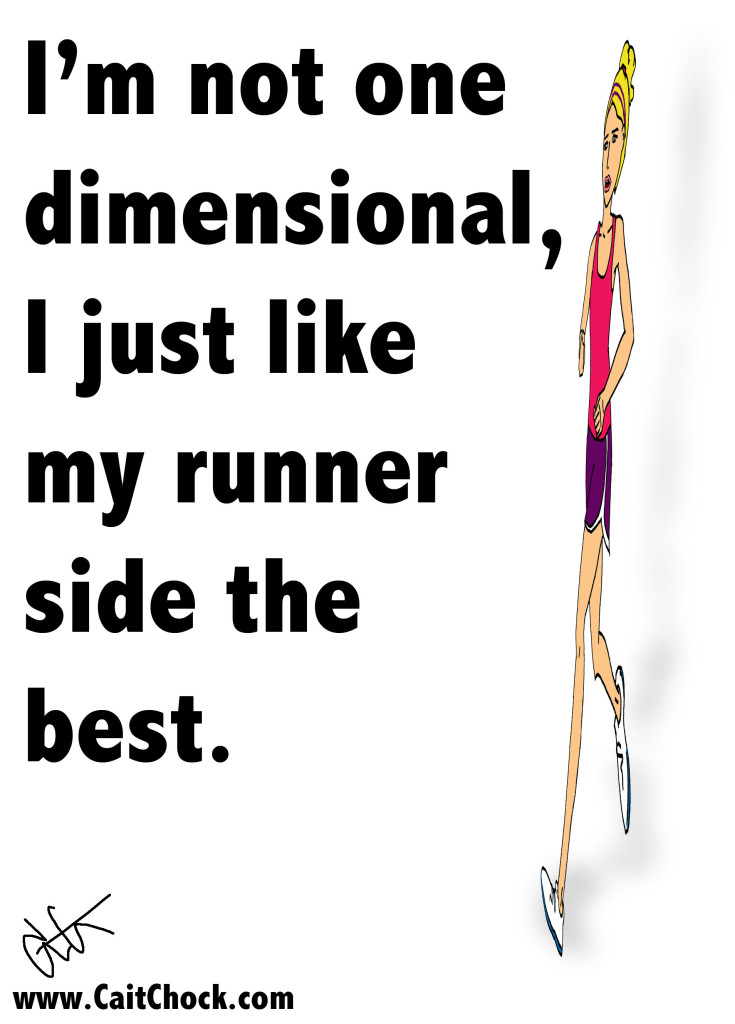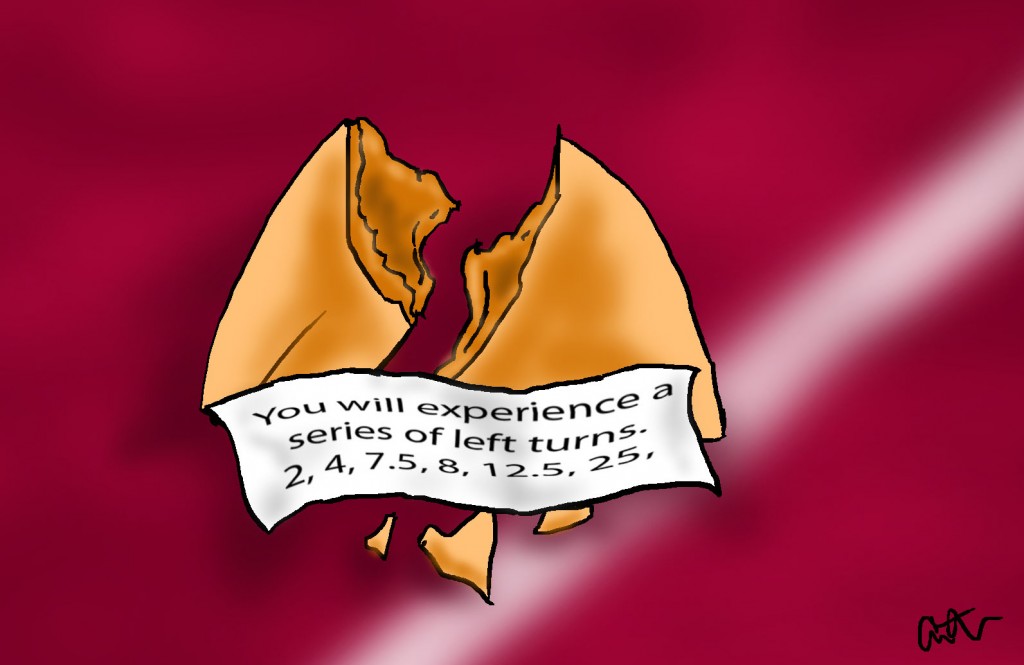Getting a runner to be faster is an interesting undertaking. It’s actually a concept that coaches and athletes have been trying to perfect for centuries. As science has improved, training has evolved, we’ve created training phases and workouts that push the runner and train their body.
Simplistically it’s easy to sum it up like this: if you want to run faster, run faster. This is true of course, doing speed work and improving your base speed, is going to enable a runner to run a faster pace as the distance gets longer. As in, if you improve your mile time you’ll be able to run a 5k and 10k faster. If you don’t do speed work you’ll never improve your speed.

Though as I said, that’s overly simplistic, and if a runner is truly wanting to see how fast they can be they need to open their eyes and expand their training logs to include ALL of the factors that make a runner faster. You see, the body is an interconnected machine, you can’t just concentrate on straight running workouts.
I’ve been working on a series for Competitor.com tied to speed work and the other techniques that enable a runner to, well, run faster. There are drills, strength work, and a neuromuscular component to getting faster.
Check out the series so far:
What Distance Runners Can Learn From Sprinters
The Neuromuscular Component to Speed Work
Distance Runners Staying SHARP During an Injury
In reading each of them you’ll see that the first step to getting faster is working on your shorter-repeat speed. You shouldn’t avoid those 200’s even if you’re a 10k and above runner. But that’s ONE step in the process.
After that you’ve got to build the synapses and teach the nerves to fire faster; your brain is ‘telling’ your legs and foot to move faster. But if you don’t build the connections the ‘message’ won’t be able to travel faster from brain to foot.

A runner’s form is also related, and the articles touch on that. Running faster takes POWER and EXPLOSIVE propulsion from your muscles. Your muscles also need to be ‘waken-up’ and eased into the movements of running. That’s why a proper warm-up is so important for your had workouts and races. There will be more on that specifically in upcoming articles.
So if you’d like to run faster, even if you’re a marathoner, it’s important to realize that it’s a multi-pronged approach. It will take time too, but consistency is the law of distance running and THAT is what will, in the end, take you to the next level.
Consistently incorporate speed work, speed-endurance, and endurance work into your training.
Consistently be working on your core and strength routines.
Consistency with foot-firing and ladder drills that play off of the short speed sessions.
Practice, improve, and then have a coach or be a student of the sport if you’re training yourself.
Without going on a long tangent, a big mistake many new runners are making is getting swept up in marathon and mileage mania. They just want to do more, more, more. That’s fine, but if you want to get faster you need to TRAIN to run faster. That’s where quality of miles becomes more important than just quantity.
I hope you enjoy the series so far and keep on the lookout for the next ones. Running is an action that can be broken down to be incredibly simplistic: left, right, left. Running faster can also be thought of in simple fashion: run faster. BUT it’s a lot more complicated, and to be honest insanely interesting, than just that.
To run faster you’ve got to be training your body to do so on multiple levels.
1) What’s a concept about speed work that you have learned from this series so far?
2) Have you done any work geared toward training your neuromuscular system to get you faster? Or is this a new idea to you?
3) If you’re training to get faster, what are some of your ‘staple’ speed sessions?


I’m fascinated by this one. Particularly the ending – that people get caught up in the mileage. I want to run marathons, but I see it as a really long-term thing. I don’t want to do many, and it frequently shocks me that so many of the runners I follow are doing their third or fourth marathon just a year after getting the running bug. I guess we each have a completely different aim!
I desperately wan consistency, and I just feel like I keep stop-starting. It’s driving me mad!
you touched on one of my biggest sticking points with the ‘bloggy community’…marathon mania has taken hold which is GREAT in getting people into running and excited about it, but i think too many jump to the distance and miss out on the fact that speed and the shorter distances are really important in the development of a runner.
I noticed I got much faster this winter and I attribute it to a few things. The weather here made it very hard for me to run outdoors as often as I wanted so I was forced to run inside on the treadmill and I also started taking spinning classes. I found that I was logging less miles yet the miles I was running, became faster. I think spinning strengthened my legs (maybe?) and built up stamina in a different way (maybe? lol). And running on the dreadmill made me speed up to get done. I found that my natural, easy pace became much faster than only a few months ago. I believe that the more you get yourself to run faster, your body gets used to it, adjusts and then challenges you right back to go even faster.
the last sentence right there is the ticket. and yes, spinning has helped many runners improve their speed…a combo of the intensity and power gained from the resistance work. similar to doing hill repeats. 🙂
I haven’t really worked on my speed, yet. I am a relatively new runner, so I’ve just been working on consistency, endurance, and overall fitness. I am looking to PR in my next half-marathon, so I will be doing some speedwork this summer at my local high school track.
power to hitting the consistency!! that’s totally the first hurdle with new runners…good luck at the half and can’t wait for u to fall in love with the track. 🙂
Great information about about speed work and great timing for me! As you know, I’ve recently incorporated sped work into my training routine in an effort to get faster (duh). I’ll start training for my first full marathon at the end of July, so I’m hoping to put in a couple of months of work to try and laydown a good base. I’m hoping my body will grow accustomed to speed work being part of my normal routine by the time I start officially training.
you’re doing SUCH an awesome thing by implementing regular speedwork…be consistent and your body will surprised you at well and quickly it will respond to the new work. payoff = PR’s 🙂
Pingback: Goals, Running, Motives, Skinny-Fat and Twerking |
Pingback: Neuromuscular Training For Runners: Quick feet box taps |
Pingback: Embracing Discomfort: True rewards are only met when you’ve been pushed |